Written by Guest Contributor on The Prepper Journal.
Editors Note: A guest contribution from Preston Felix to The Prepper Journal on a topic we could all face in everyday life or in a disaster. And, as always, if you have information for Preppers that you would like to share and be entered into the Prepper Writing Contest with a chance to win one of three Amazon Gift Cards with the top prize being a $300 card to purchase your own prepping supplies, then enter today!
Electrical injuries can be devastating. An electric shock can cause extensive damage to the body both externally and to the organs. In severe cases, death is immediate. In all others, it is imperative to get the victim the help they need immediately. Not only do they need quick transport to a hospital, the first responders quick actions can mean the difference between recovery and devastation.
What makes all of this even more complicated is that helping an electric shock victim can be extremely hazardous. If the electrical source is still active, entering the area or touching the victim could result in another injured person. If you are helping a shock victim, take these steps first to protect yourself.
FIRST: Assess the area to make sure you will not come in contact with the electrical source when approaching the victim
Second: Shut off the electrical source if it can be done safely
Third: Be careful if the victim is still in contact with the electrical source. Do not touch them with your bare hands. Use a non conducting object that is made of wood, cardboard or plastic to move them away from the source.
Once you have done this, call 911 or ask someone to do so, in fact order someone to call – never assume that someone has called 911. They may be making the same assumption as well. Report everything you can to the 911 operator, including any hazards that remain in the area.
Assess The Patient And Begin CPR if Needed
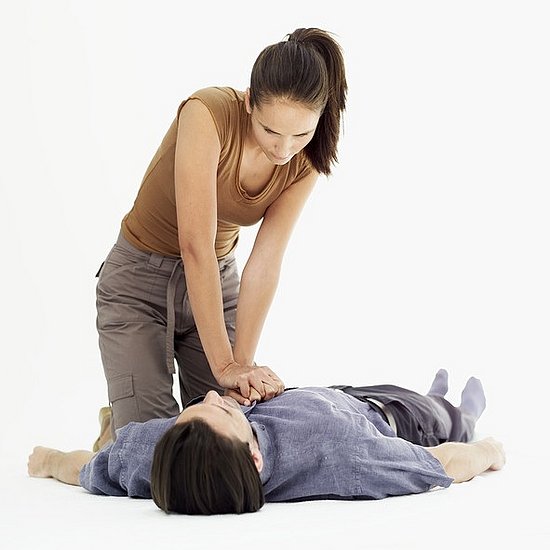
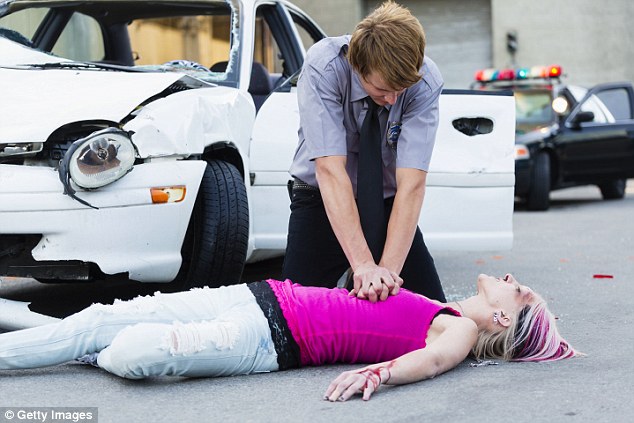
First check for responsiveness. If they are unconscious, shake them and shout out at them. If they are not responsive check for a heart rate and breathing. If needed, start CPR right away. Do not stop once you start unless the person begins breathing on their own and shows a pulse. When they arrive, an EMT or paramedic will take over from you.
CPR is an important skill that everyone should have. If you are not certified contact your local fire station or hospital to see if they offer classes. If it’s been awhile since you have certified, consider taking a refresher course. CPR techniques have changed throughout the years.
When you administer CPR you give a shock victim the opportunity to survive until they can be seen by medical professionals. You may also be able to stave off long term, devastating injuries such as brain damage from lack of oxygen. There are certainly no guarantees, but your quick action makes survival much more likely.
Assess And Treat For Other Injuries following the ABC – Airways, bleeding and circulation.
Helping With Other Injuries
Next you want to be concerned with shock, internal injuries, burns, bleeding, seizures, and respiratory issues. Since you are not a medical professional you cannot do much about internal injuries. However, you can be aware that they may exist. A patient who appears fine may suddenly deteriorate due to organ failure or internal bleeding. The same applies with respiratory issues. Monitor for them and be ready to use mouth to mouth resuscitation. Be prepared.
You can help with shock, burns, bleeding, and seizures. First, deal with any severe bleeding. A patient may be losing blood from the shock injury itself or the resulting fall. Apply pressure to wounds. If the bleeding involves an extremity, try to hold the limb so that it is elevated above the heart. Do not use a tourniquet unless you are absolutely confidence that it is needed and you know exactly what you are doing.
An electrical shock victim is in real danger of going into shock. This can be deadly. Have the victim lay down. Prop their feet slightly if possible. Keep them calm. Be watchful for signs like sweating or cold clammy skin.
If the injured person has seizures. Don’t attempt to hold them down or anything similar. Instead, move any dangerous objects out of their way so they do not strike their head or otherwise injure themselves. Be prepared to tell medical professionals the number, type, and duration of seizures the patient has.
The shock victim will almost certainly have burns. If they are severely injured, you will likely be too busy to attend to burns. If the burn is minor treat it as any other burn.
If they are more severe, be careful. You could make things worse. Don’t use water or ice. Don’t apply medication or ointment. Don’t attempt to remove clothes from a burn victim. Don’t cover the victim with a towel or blanket. Instead, use a sterile bandage to cover burned skin that is exposed. Then wait for the professionals to come. You may loosen or cut away clothing that is not touching the burn injury.
Victims Who Appear Uninjured
In some cases, the victim of electric shock may claim to feel fine. Insist that they be checked out anyway. While being awake and feeling okay are good signs, there could be internal injuries that have not manifested yet. Keep the victim calm and still until they can be assessed by a professional. It is better to get the all clear than not to have pursued help at all. Do not allow a victim to drive or leave without getting help. They may have hidden injuries. Stay with them until you know for sure.
Be Aware of Long Term Impacts
Electrical shock can result in cardiac issues, concussions, post concussion syndrome, and other issues. If you are responsible for caring for someone after an electric shock injury, encourage them to follow through with their own provider for more information. Their doctor may want to assess them when they find out about the shock injury.
Conclusion: Prevention is Key
The various types of electric shock injury can be horrifying in their severity. This is truly an injury where prevention is key. Learn to recognize and avoid electrical hazards. Keep your workplace and home safe. Insist that everyone behaves appropriately around electricity as well. Nobody is too young to learn about electrical safety.
Keep electrical items at home or on the job in good shape. If you have to work with electricity, turn off breakers and follow other precautions.
Follow The Prepper Journal on Facebook!
The post First Aid in Case of Electric Shock appeared first on The Prepper Journal.
from The Prepper Journal
Don't forget to visit the store and pick up some gear at The COR Outfitters. How prepared are you for emergencies?
#SurvivalFirestarter #SurvivalBugOutBackpack #PrepperSurvivalPack #SHTFGear #SHTFBag

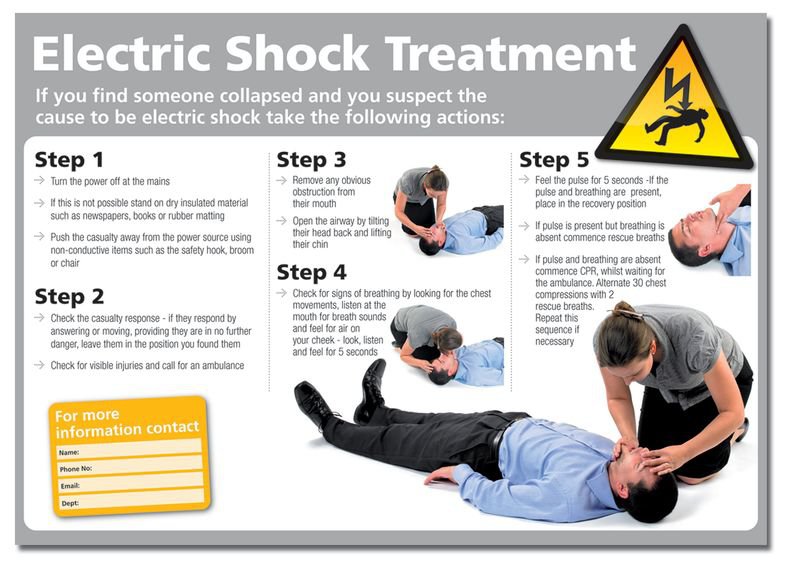
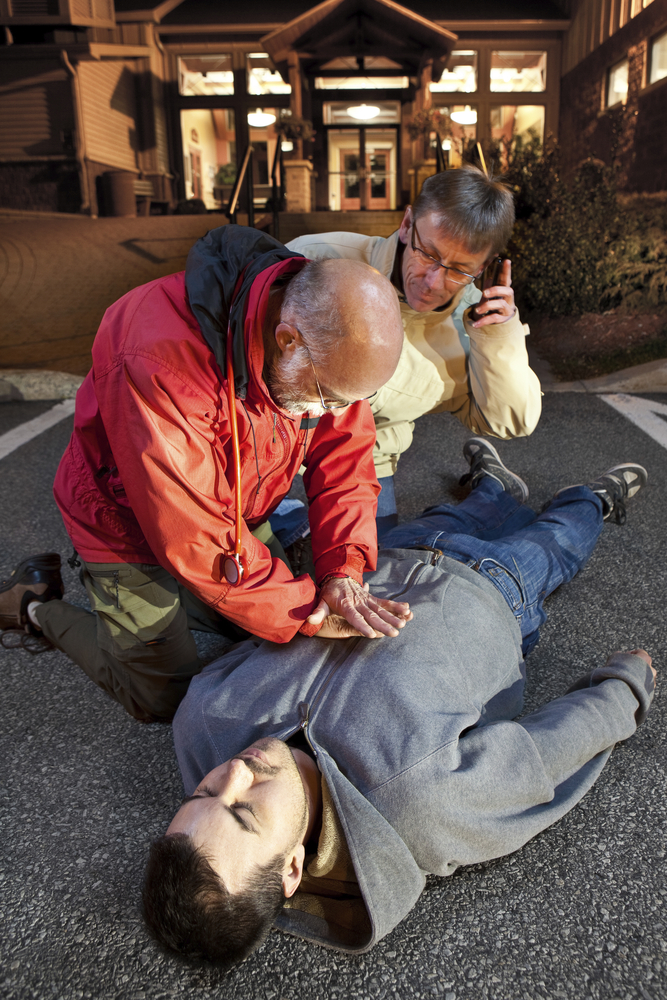
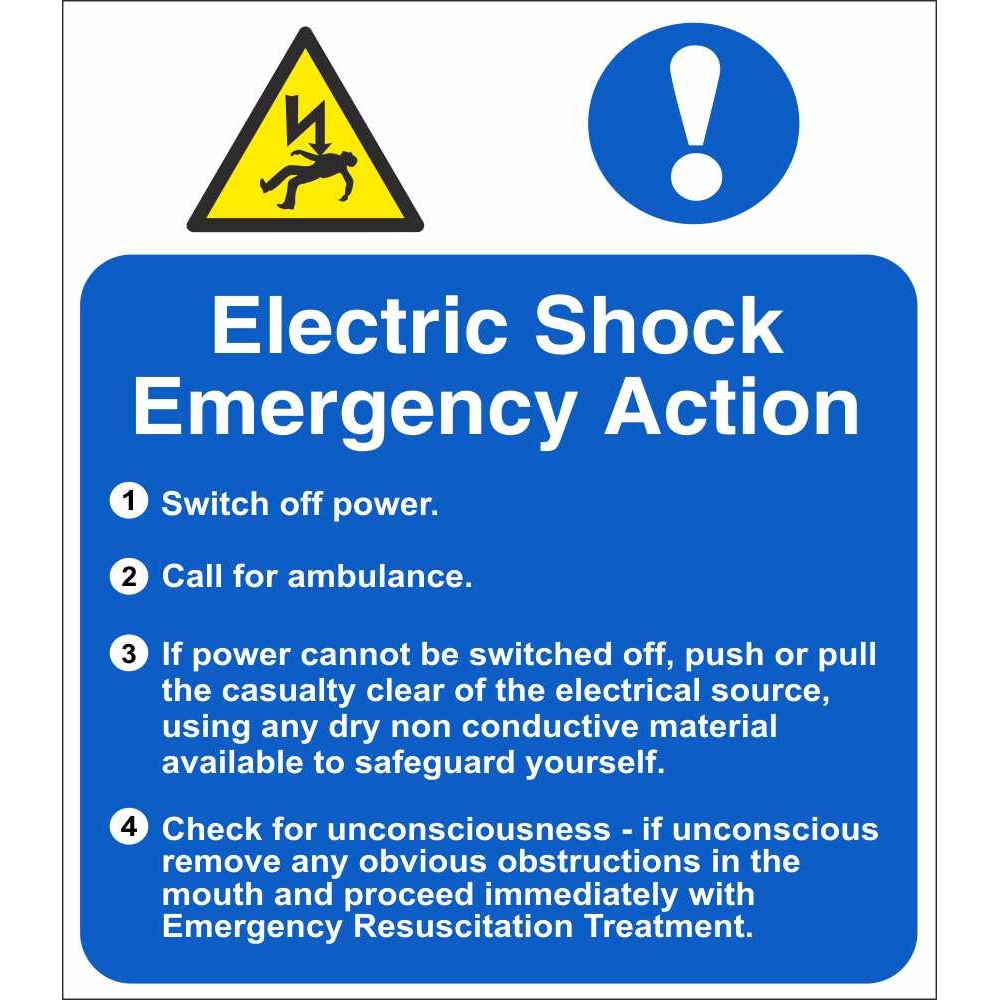
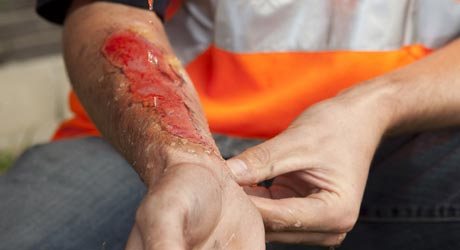

No comments:
Post a Comment